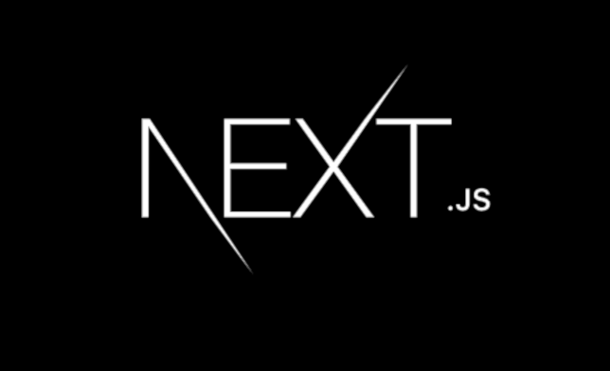Lately, we’ve been hearing more and more about Next JS, a JavaScript framework that promises to make web development easier and faster than it’s ever been before. But what exactly is Next JS? And how will it change the way you build websites in the future? Let’s take a closer look at the pros and cons of this new framework, as well as what its release means for the future of web development.
What Is Next.js?
Next.js is a development framework for creating rich front-end applications using JavaScript. The library uses an unopinionated approach, meaning that you get to pick the libraries you want to use, or none at all. Next also favors reactivity over pull state, offering an excellent developer experience that scales from one user on their mobile phone to 100s of users on a powerful computer cluster.
What Can You Build With Next.js?
You can use Next.js to build a serverless and static website using React, or you can use it as the underlying JavaScript framework for other tools like ParcelJS. In the future, more options will be available for working with Next.js, like GraphQL server integration.
Since Next.js is built with React, you can build any React project with it—not just static websites. However, you will need to set up your own hosting environment (and possible custom domain names) in order to actually run a Next.js application. For example, ParcelJS runs on top of Next.js to build and deploy fully-functional React applications.
Next.js And User Experience
Next.js is a library for creating universal React web applications with server-side rendering to improve your user experience. Server-side rendering allows you to deliver the HTML required for a page as soon as possible, so that content can be visible to the user sooner.
In addition, since static content typically loads faster than JavaScript, this can lead to reduced load times for your pages and increased bounce rates from frustrated users !!!
NEXT.JS and SEO
One of the major benefits to using NEXT.JS for SEO purposes is the integration with webpack. Webpack will create a production build of your application from source code which gives you a couple of additional perks. Web pack bundles static assets like images and fonts into something called CSS/JS modules so that your server doesn't have to do any type of processing for those assets, which saves bandwidth on your end.
One important SEO tactic that Next.js can help with is indexing all pages of your application so search engines will have a complete picture of your website and its contents.
For example, if you have an About Us page, but this page does not come up on a regular Google search for the homepage, that may be due to it not being linked to from the homepage or perhaps Google does not have enough data about it.
Pros and Cons of Next.js
The pros of Next.js include its versatility and ease of use. However, one drawback of the framework is that the DOM (Document Object Model) becomes a complete duplicate of the server-side rendered HTML.
Furthermore, Next.js does not support pluggable renderers or rendering technologies like Preact and InfernoJS. Lastly, other disadvantages of this framework are no support for client-side routing with History API or hash change events for better URL handling.
But, we should keep things in perspective. If you’re looking for an easy-to-use framework with great client-side performance that can work with any frontend technology, then Next.js is a great choice for your development needs.
Conclusion
The next few years will be an exciting time for JavaScript developers as they are faced with emerging new frameworks, libraries, improvements to existing frameworks, and a growing list of projects that need their help. No matter the challenges faced or preferences of which frameworks to choose from, Next JS has the potential to become one of those go-to tools that front end developers turn to when looking for a solution.
Read Also:
Best Websites Built using AngularJS
Angular Vs Angularjs - Benefits and Differences
LEARNING THE BENEFITS OF MERN STACK HELPING TO CREATE STARTUP APPS






0 comments:
Post a Comment